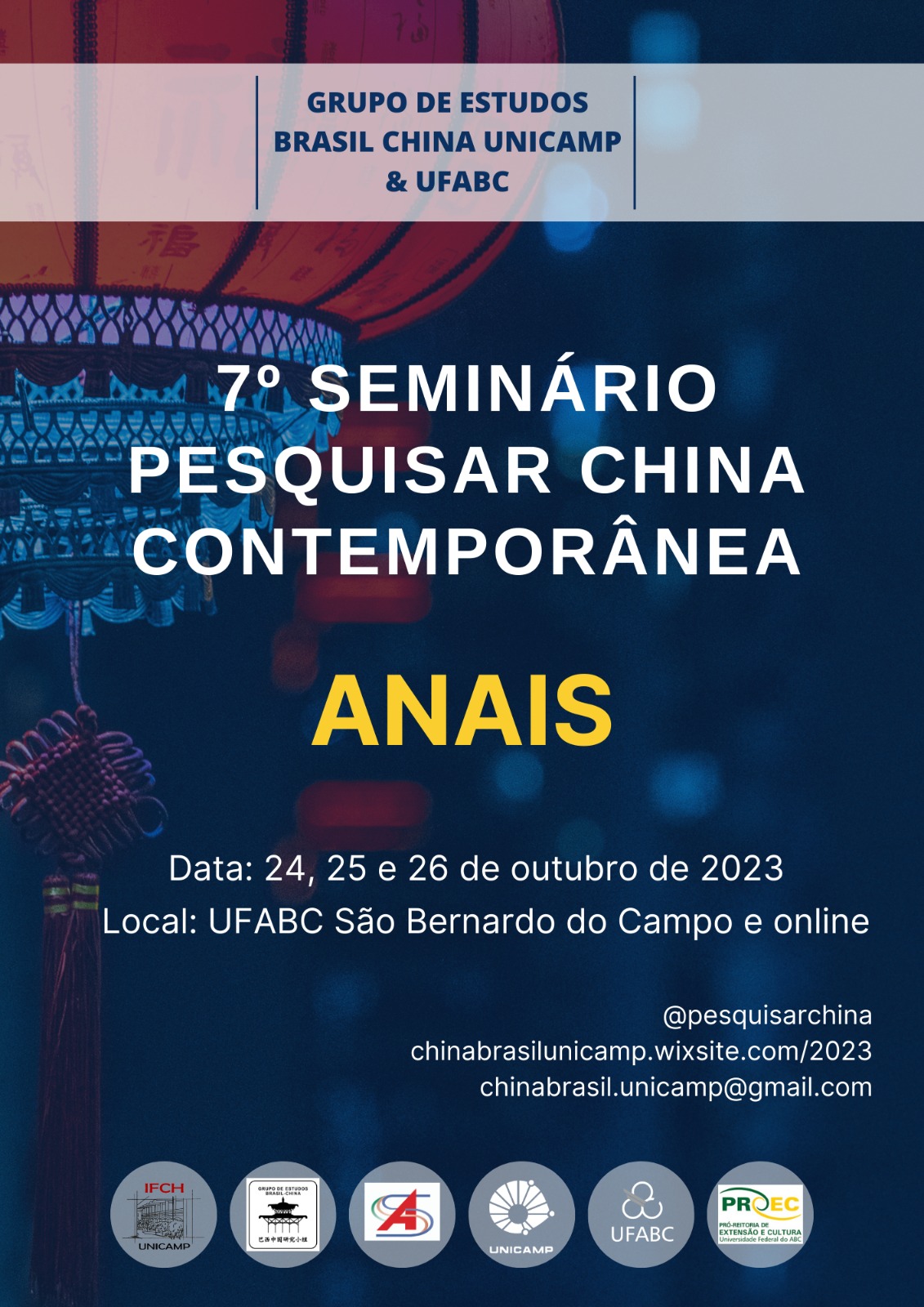Resumo
Since the late 2000s, Chinese investors have entered Brazil's agribusiness industry, driven by economic interests, political cooperation, and concerns about China's food security. While initially appearing similar to other Chinese investments in the Brazilian economy, a closer examination reveals a distinct pattern of legal interactions and regulatory adaptations. Precisely, Chinese investors' initial forays into Brazil's agribusiness industry raised concerns about market disruption and potential land dominance. These worried narratives led to a backlash, prompting legislative changes aimed at reformulating the scope of property rights in the country. The result was a restriction on foreign actors' land ownership across Brazil. In response, Chinese companies quickly adapted their insertion strategy, shifting their focus from land ownership to controlling agribusiness through other means. Precisely, they increased their control in the upstream and downstream stages of certain commodities value chains both through brownfield investments and corporate finance structures. This paper shows how property rights in Brazil have shaped Chinese incursion in Brazil’s agribusiness, examining how Chinese investors left aside land ownership to "grab" financial and infrastructure links to production. To do so, we draw on a matrix structure of analysis that assesses the legal tools that modulated Chinese capital inflows at three regulatory levels: bilateral coordination macrolevel, national regulatory framework mesolevel, and private arrangements microlevel. This methodology consists of systematic content analysis of primary documents and regulations. Ultimately, this work seeks to contribute to the literature on the intersection between China’s global presence in upper-middle-income economies, foreign investment regulation, and host nations' regulatory capacity.

Este trabalho está licenciado sob uma licença Creative Commons Attribution-NonCommercial-ShareAlike 4.0 International License.
Copyright (c) 2023 Seminário Pesquisar China Contemporânea
